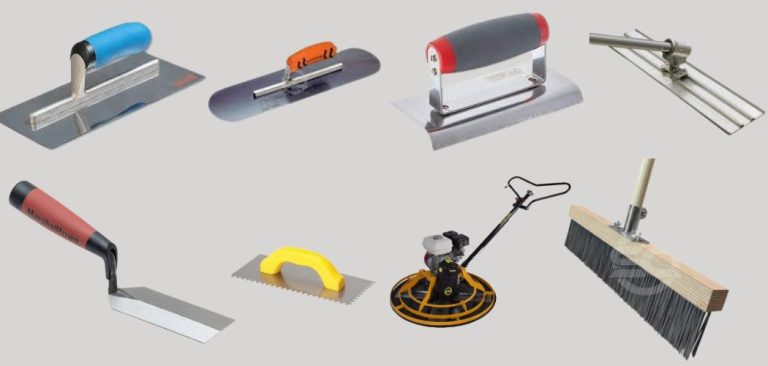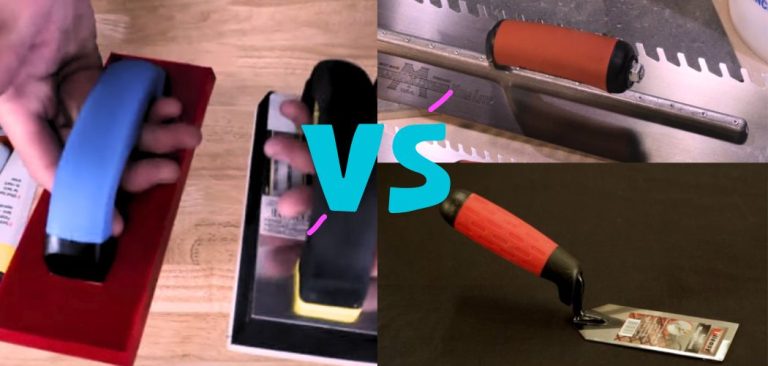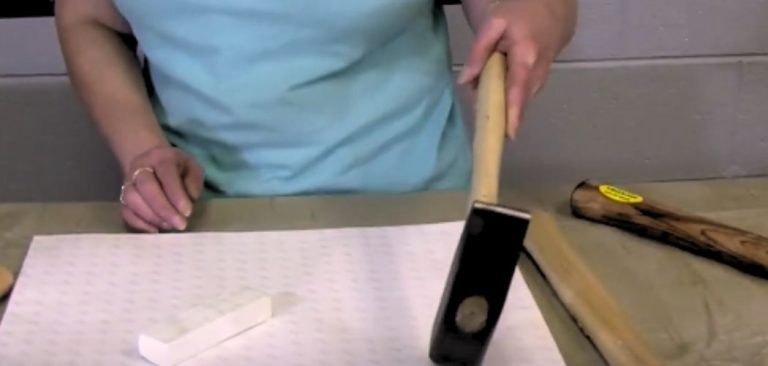What to Use Instead of a Grout Float
Ready to level up your tile game with some great grout float options? We have a bunch of great options that will totally rock your world. Say goodbye to traditional grout floats and hello to versatility, accessibility, and better control! In this guide, we’ll show you why these options are game-changers and how they can save you time and effort. Let’s proceed to the main discussion.
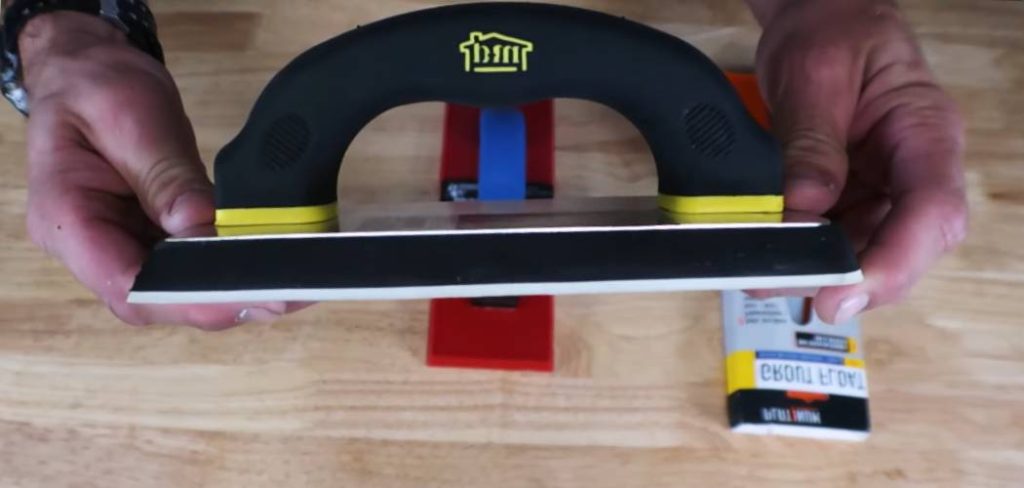
Why Should You Look for Alternatives to Grout Float?
While I found the following benefits to be important in choosing grout float options, you should also look into these factors. Let’s begin, then.
Recognize the Need for Alternatives
Understand that there are alternatives to the traditional grout float, each offering unique advantages for your grouting project.
Explore Versatile Options
Discover grout float alternatives that go beyond the conventional tools. Some alternatives, like grout sponges and cloths, can serve multiple functions, simplifying your grouting process.
Embrace Cost-effectiveness
Consider how certain grout float alternatives can be more budget-friendly than traditional options, allowing you to save money without compromising the quality of your work.
Prioritize Precision and Control
Recognize the importance of precision and control in achieving a polished result. Some alternatives, such as putty knives or your finger with a rubber glove, excel in these aspects, especially in challenging areas.
Evaluate Reusability
Think about sustainability by choosing grout float alternatives that can be reused for future projects. This eco-friendly approach reduces waste and minimizes the need for frequent equipment replacements.
Ensure Accessibility and Ease of Maintenance
Note that grout float alternatives are readily available in most homes or hardware stores, making them easily accessible for homeowners and DIY enthusiasts. Additionally, some options, like grout sponges or cloths, are effortless to clean after use, ensuring equipment longevity.
Enhance Comfort and User-friendliness
Acknowledge that certain grout float alternatives, such as sponges or cloths, offer greater comfort for your hands during extended grouting sessions. Furthermore, these alternatives typically require no special training, making them accessible for DIY projects and inexperienced users.
By following these seven steps, you’ll be well-equipped to make an informed decision when selecting the most suitable grout float alternative for your specific grouting project. This approach can lead to a smoother, more enjoyable grouting experience, ultimately resulting in a satisfying and professional finish.
What to Use Instead of the Grout Float
Instead of using a grout float, various alternative tools and methods can be used during the grouting process. These options proved to be effective, and I arranged the twenty with advice from my friend who is a tiler. Below are some suggested options:
Grout Sponge:
A grout sponge, specifically designed for grouting applications, can be employed as a suitable alternative to a grout float. After applying the grout, a damp grout sponge is used to smooth and refine the grout lines, ensuring proper tile coverage while achieving a clean and cohesive finish.
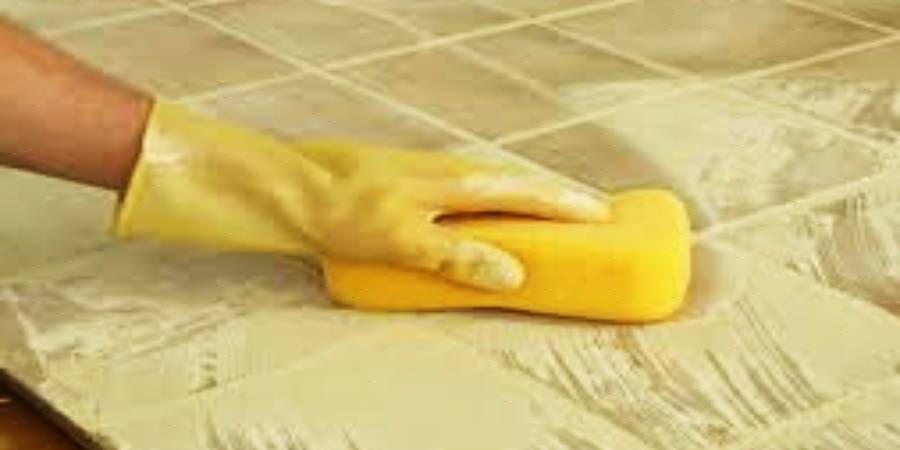
Trowel:
A trowel, traditionally used in various construction and masonry tasks, can be skillfully employed in the grouting process. When using a trowel, make sure its flat surface is used to evenly spread and press the grout into the gap between the tiles, ensuring an even and consistent grout application.
(I suggest you use a margin trowel for this work.)
Putty Knife:
Another effective option is to use a putty knife. This versatile tool can be effectively employed to apply grout to small areas or complex tile designs, enabling precision and control over grout application.
Clothes:
A soft and absorbent cloth is an alternative for a grout float. By carefully wrapping the cloth around a trowel or similar tool, one can achieve controlled grout application and smoothness, giving the grouted surface a neat and polished appearance.
Hard Plastic Pieces:
Using a piece of hard plastic, such as a plastic spreader or an old credit card, can work as an alternative to a grout float. This tool can help spread and level grout effectively, especially in confined or hard-to-reach areas.
Fingers With Rubber Gloves:
For small grouting jobs or complex tile patterns, applying and shaping the grout using a gloved finger gives excellent results. Rubber gloves ensure ease of cleaning and prevent excessive grout residue on hands.
It is important to note that whichever option is chosen, attention should be paid to achieving uniform grout coverage and smoothness across the tiled surface.
What Are the Possible Disadvantages of Using Grout Float Alternatives?
- Grout float options can result in uneven grout lines due to less precise control during application.
- Some options can slow down the grouting process, especially for larger tiling projects, resulting in increased labor time.
- Some grout float options may wear out more quickly, requiring frequent replacement.
- Direct contact with grout when using certain options can result in messier cleanup than traditional grout floats.
- Some grout float options can be difficult to find in stores or online, potentially delaying the start of the project.
- Switching to grout float options may require some adjustment and practice to achieve the same level of skill as traditional grout float.
It is essential to consider these disadvantages and plan accordingly when choosing grout float options for your grouting project to ensure a smooth and successful result.
Conclusion
In the above article, I have described the alternatives to grout float through adequate research. Hope you can enjoy the benefits of this option depending on your needs. If you have any different opinions about this article, please let me know through the comment box below.


